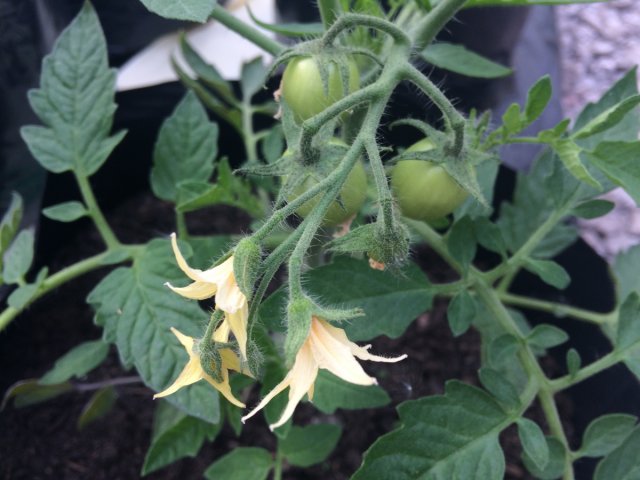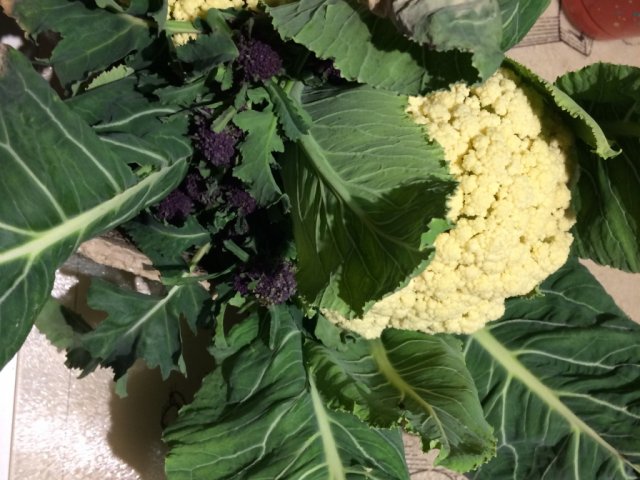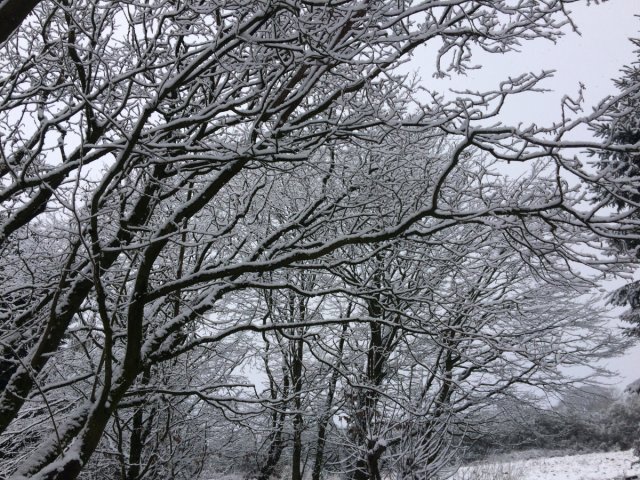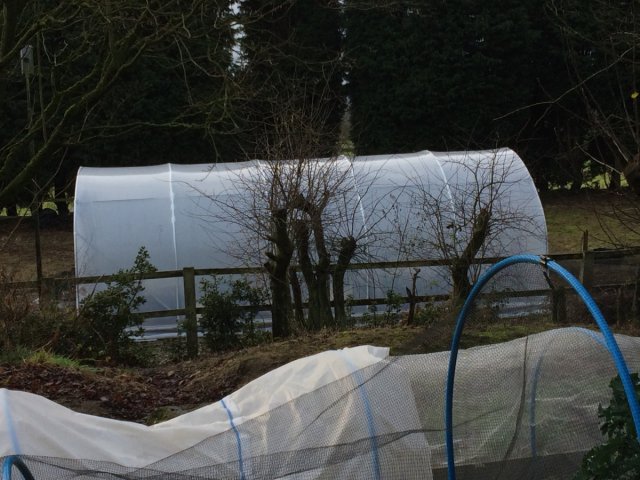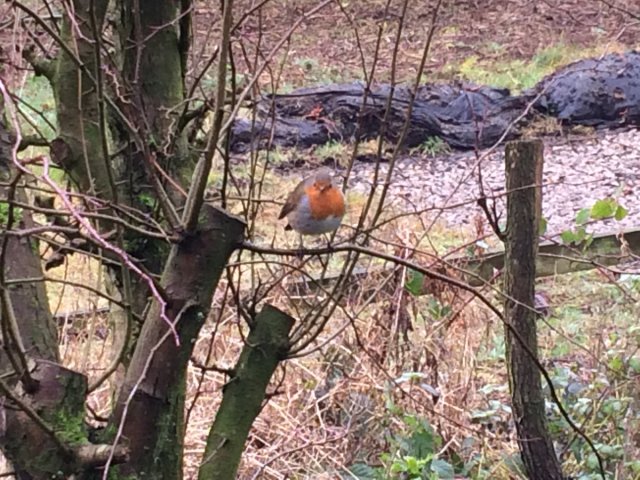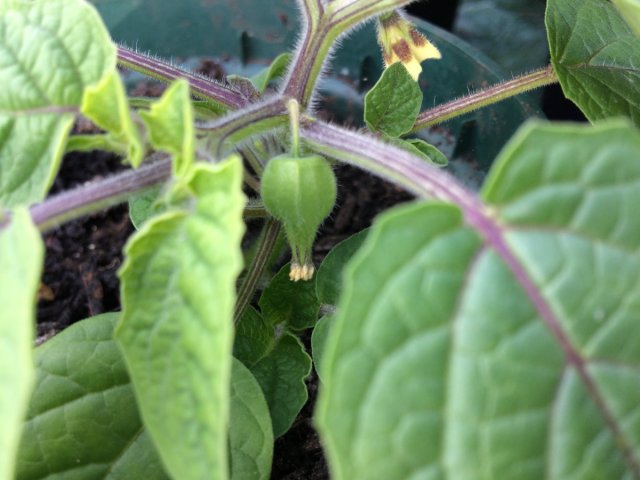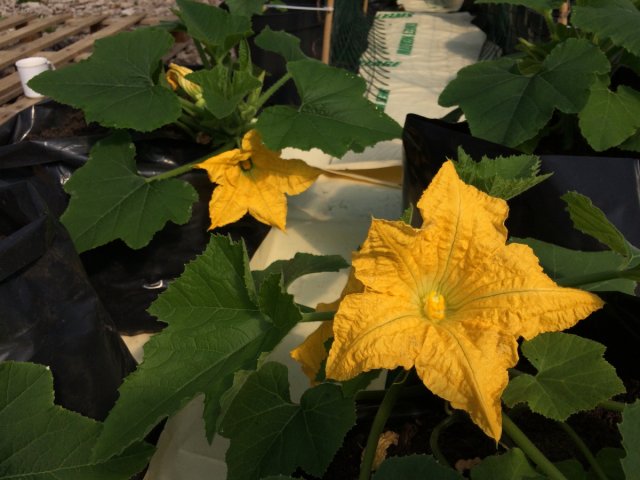- Details
The purple broccoli (I think Rudolph and Claret) continued to produce a good crop until the end of May by which time the calabrese (Aquiles) which I had moved out from the poly tunnel came into its own. I spoke too soon last time. It has produced and abundant crop and should last until the next batch (Matsuri) are ready to harvest.
The onions which survived the battering with snow and wind over winter are swelling nicely and should be ready to harvest in a few weeks and this year my selection of garlic has avoided the rust which stunted it and lead to early harvesting last year. The spring planted onions which I used to fill in the gaps don't seem to be far behind. The growth during the last three warm weeks has been spectacular.
- Details
Last week we saw the first bumble bees busy flitting around. Time to move the broad beans and peas, planted in hadopot containers, out of the polytunnel. We'll move them in again if the threatened sub zero temperatures for next week look likely to materialise.
I am delighted with the cauliflowers (Zaragoza) and cabbages (Duncan) we grew over winter in the tunnel (unheated) but a bit disappointed with the calabrese (Aquiles). The seeds were sown last August and the plants moved into the tunnel from end of September. Growth rates have varied from plant to plant but the first cauliflowers was ready to harvest the first week in March and we have harvested one or two a week since then.
- Details
We sowed our first seeds of the year on 11th January: a number of different (fairly) hot chilli varieties. Some were new seeds this season, a few were left over from last year. We sowed them in coir soaked in a seaweed based liquid feed diluted according to directions for germination/seedlings, one per root trainer and let them to germinate in the propagator set to 25ºC. With the lights it tends to register at 26-27ºC. The lights are on for 12 hours. By 28th January most of all varieties but the Fatalli Red had germinated. A week later two of the fatalli reds had come through. Some of the other seedlings were failing to thrive but others had developed leaves.
- Details
The snow and sub zero temperatures that arrived in late December have disappeared and the forcast for this week is a damp 7ºC with overnight hovering around 0ºC. I am optimistic that my garlic which I "rescued" from beneath frozen snow after it had been buried for more than a week appears to have survived. Its leaves, although still bent over, are looking stronger and greener.
- Details
Winter. The ground is wet and the paths are slippery, the greenhouse has been cleaned ready for next season. In the poly-tunel we have young pea (Douce Provence), broad bean (Super Aquadulce), calabrese (Matsui F1), cauliflower (Zaragoza F1) and cabbage (Duncan) plants, together with an assortment of oriental cabbages, grown from seed, all of which we hope will produce early harvests next spring.
- Details
The third summer since I restored my vegetable garden is drawing to a close. If I've learned anything it is to give up trying to anticipate the seasonal weather. Our British summer weather is reliably unreliable. After dealing with scorching heat and drought in 2018 and the warm and wet in 2019, this time it was cool and damp with the odd few days of hot and sunny. Last week the night time temperature was only 2oC above my usual trigger point for bringing out the fleece - and my tomatoes, aubergines, chillis and peppers were still flowering!
- Details
It's raining today so I have postponed some of the tasks I was planning in the garden. A lot has changed since my last blog post. We finished harvesting the purple sprouting broccoli (planted September 2018) the same day (17th May) we harvested our first broad beans and peas from the crop sown and overwintered in the greenhouse. I had transplanted them into approximately 20 litre bags (hadopots), two to a bag, and moved them outside during April. They easily withstood the late frosts, but next year I'll plant only one bean per bag to give them more space.


